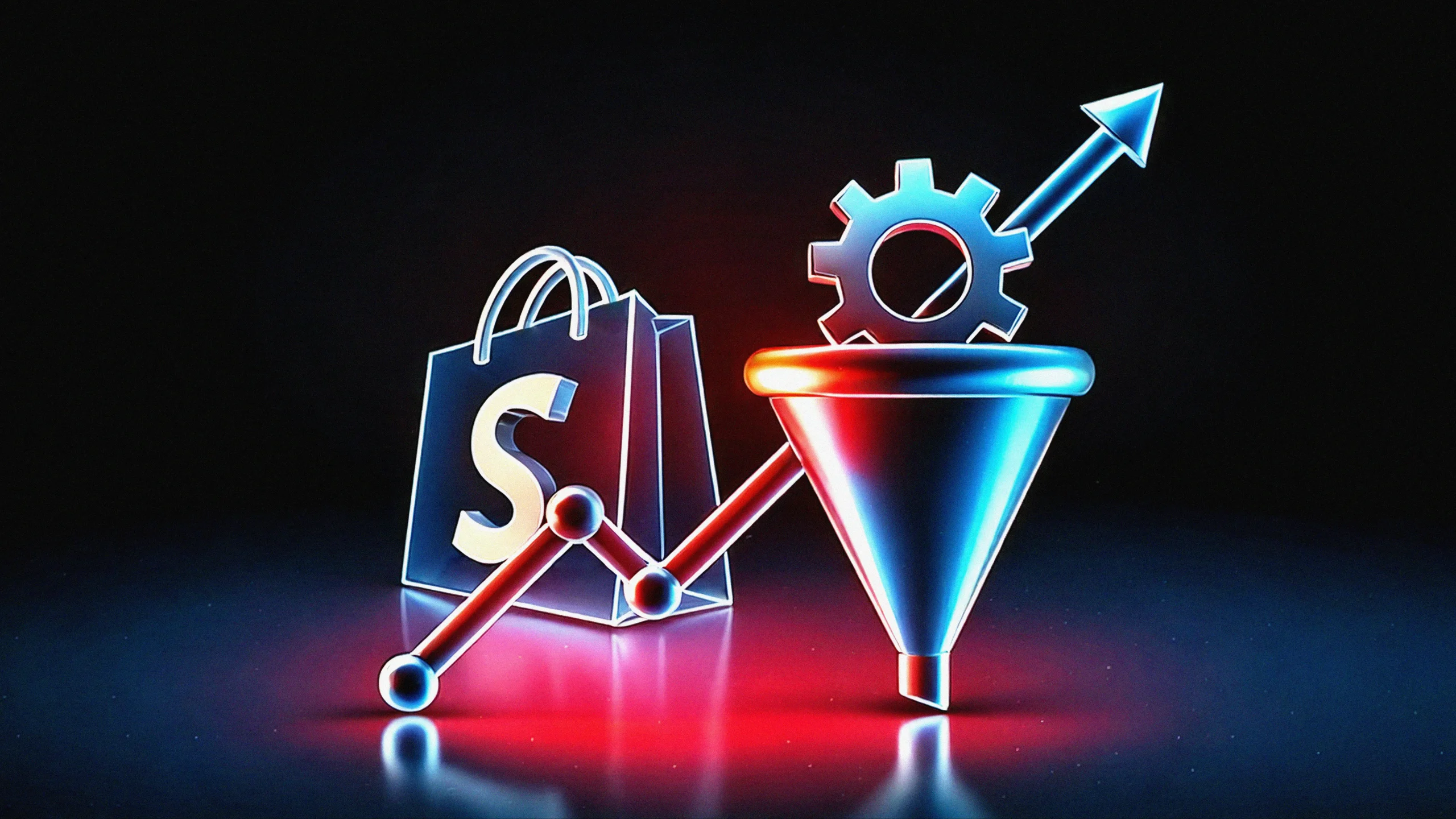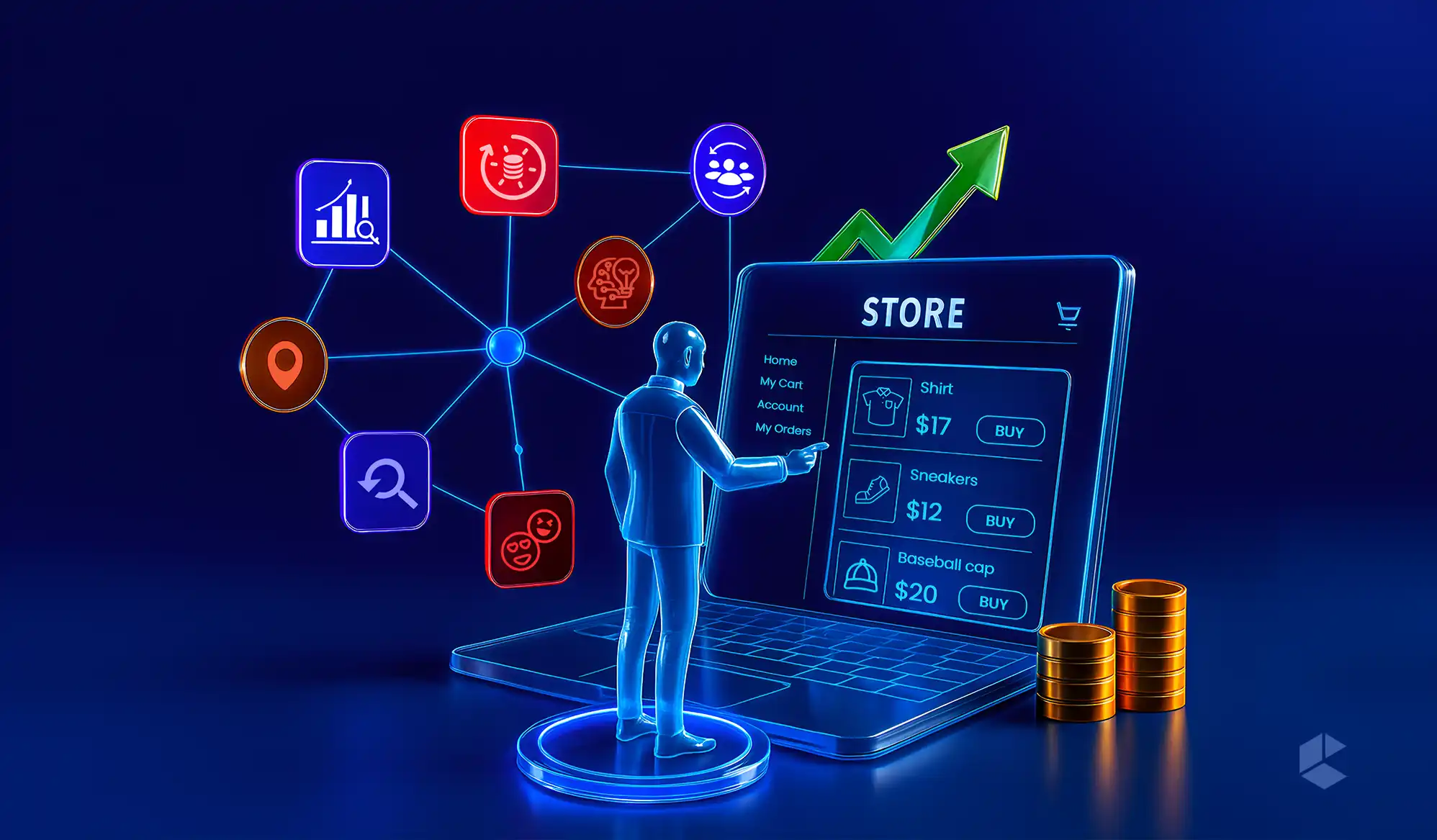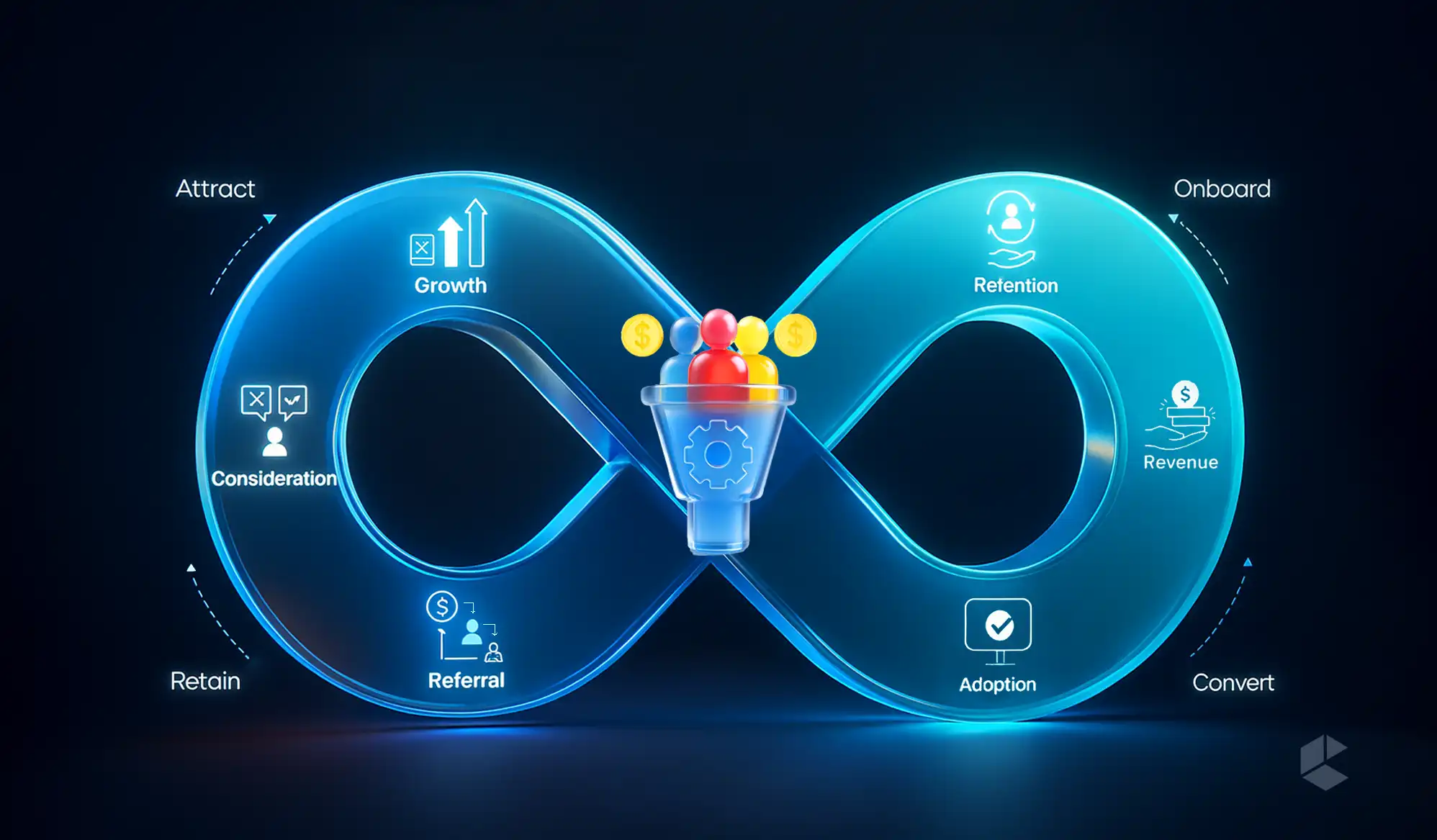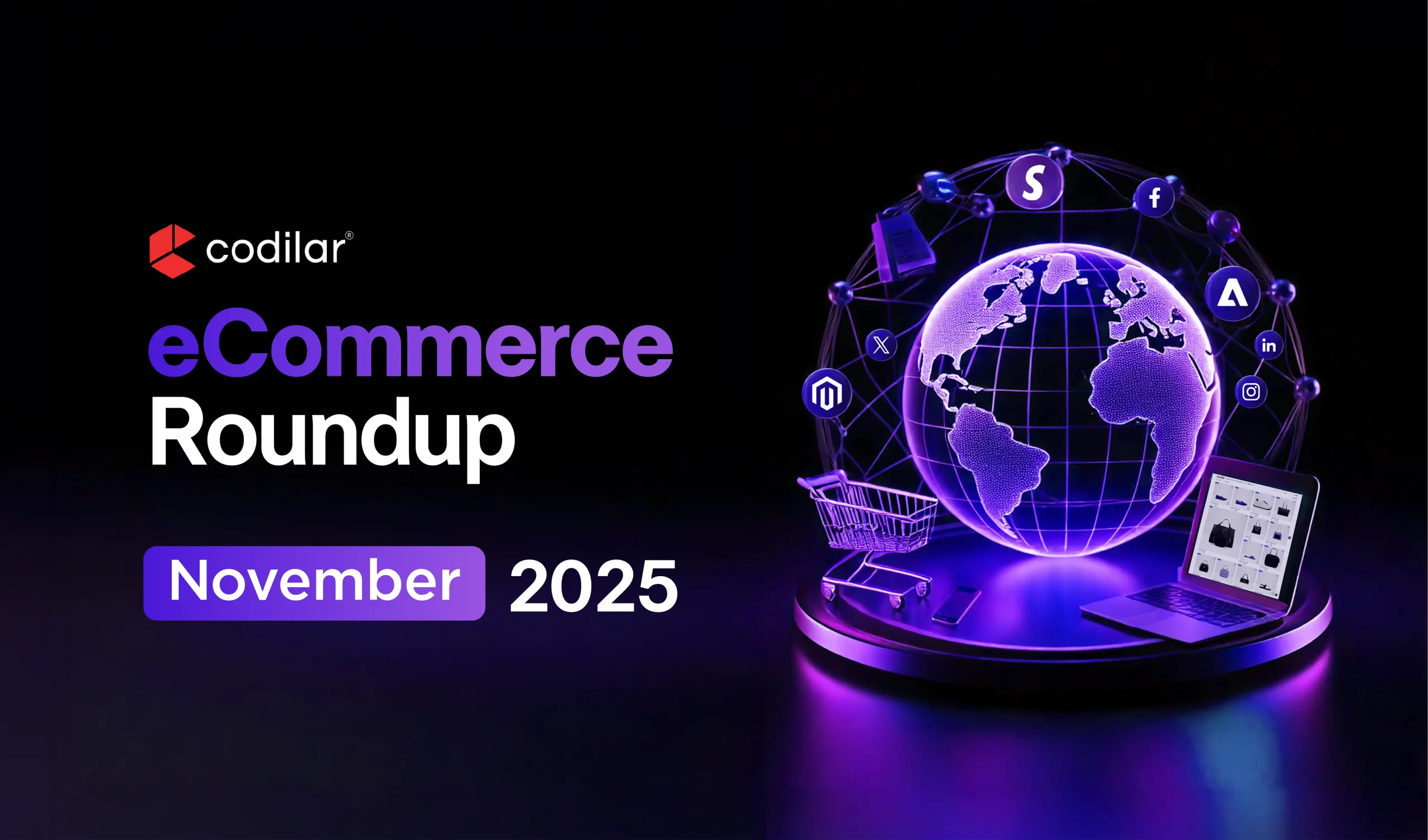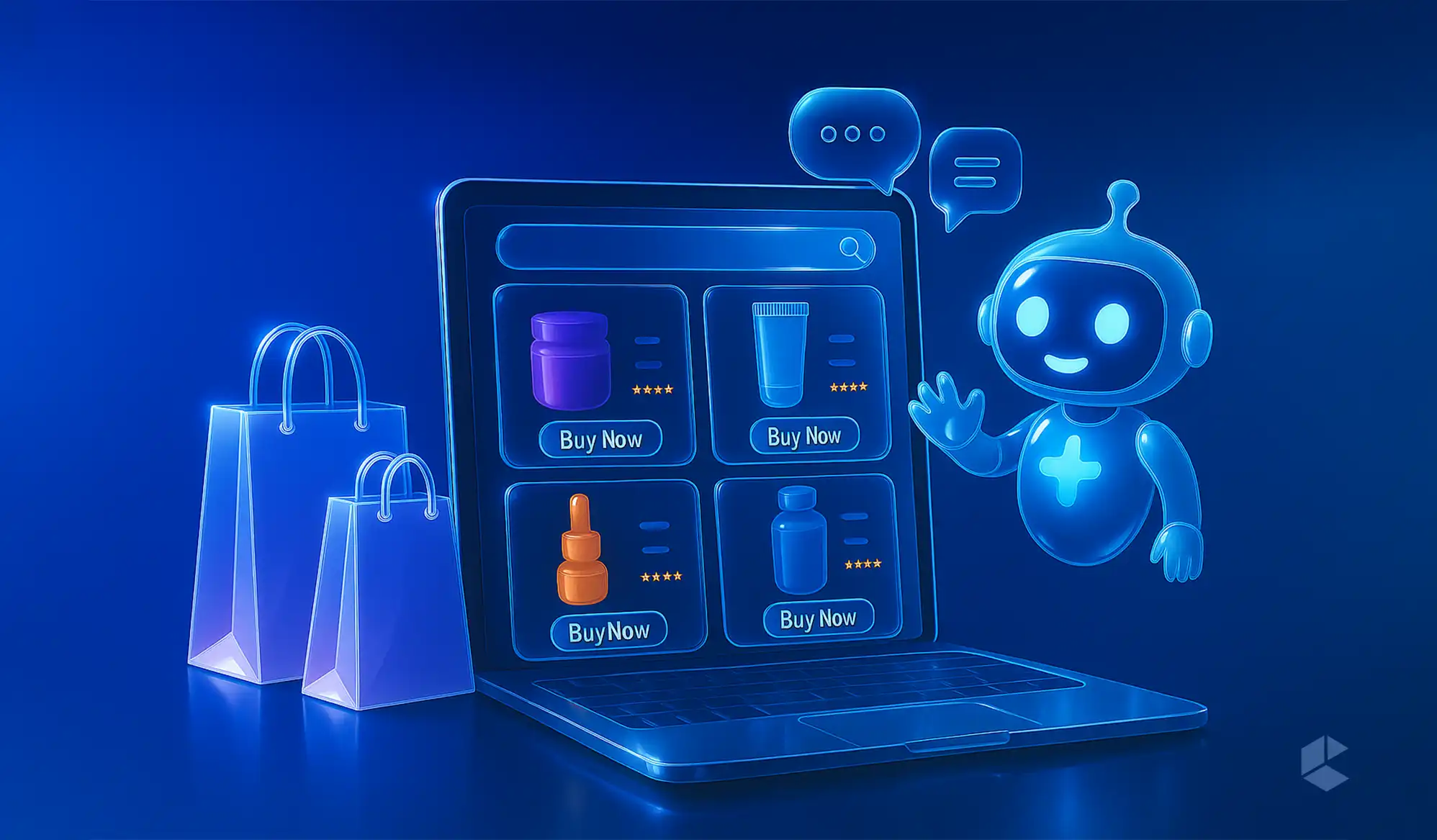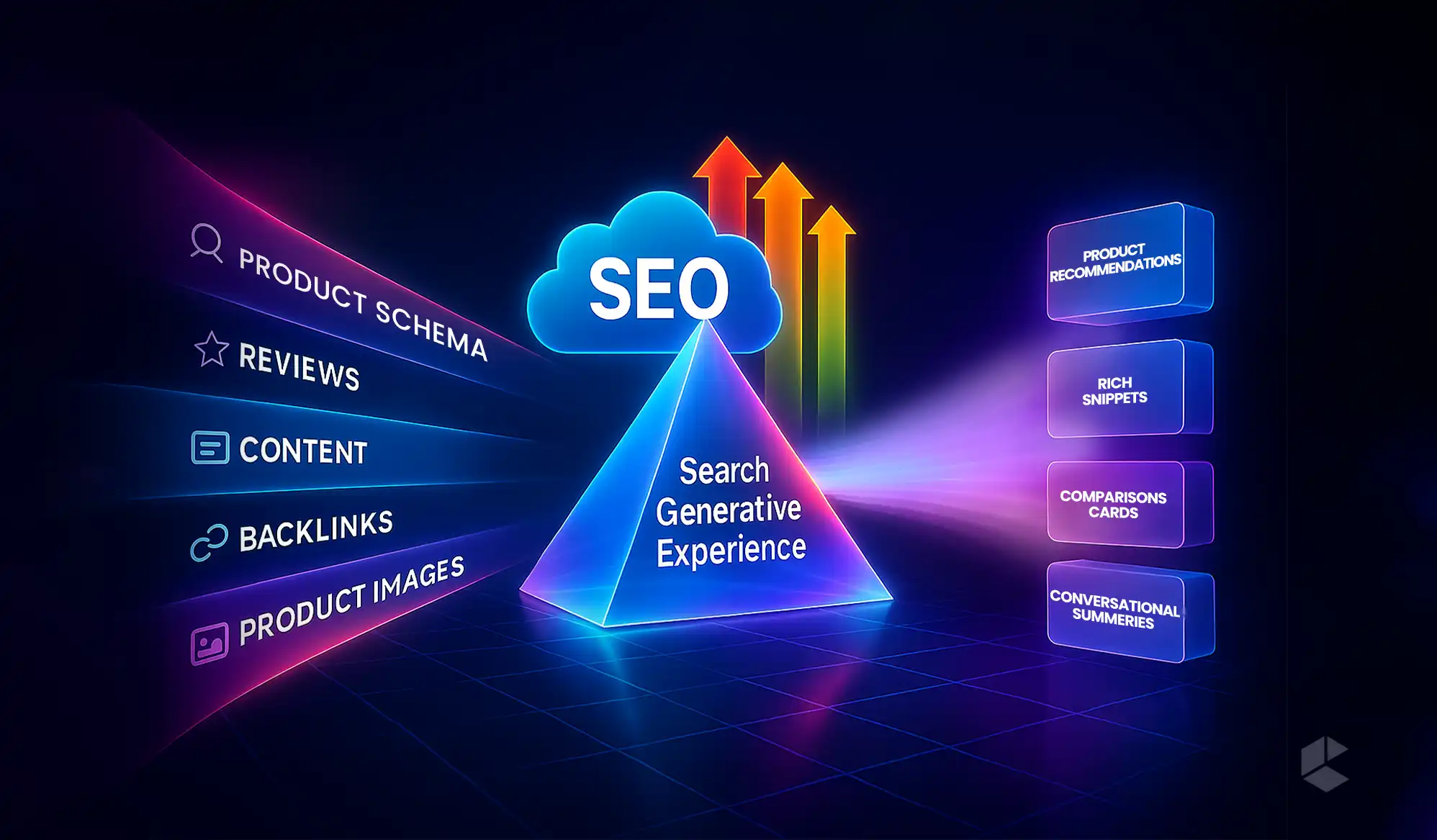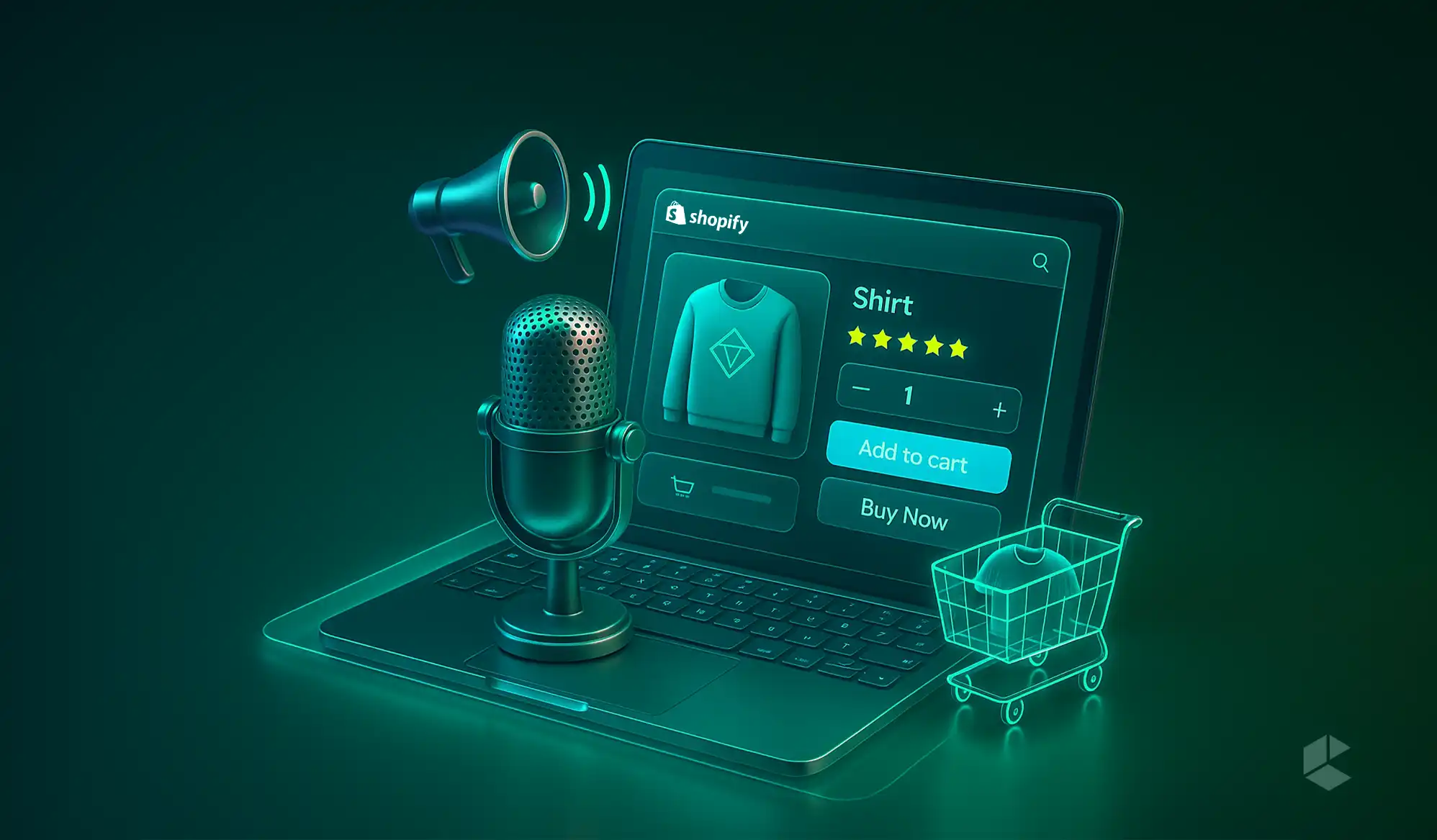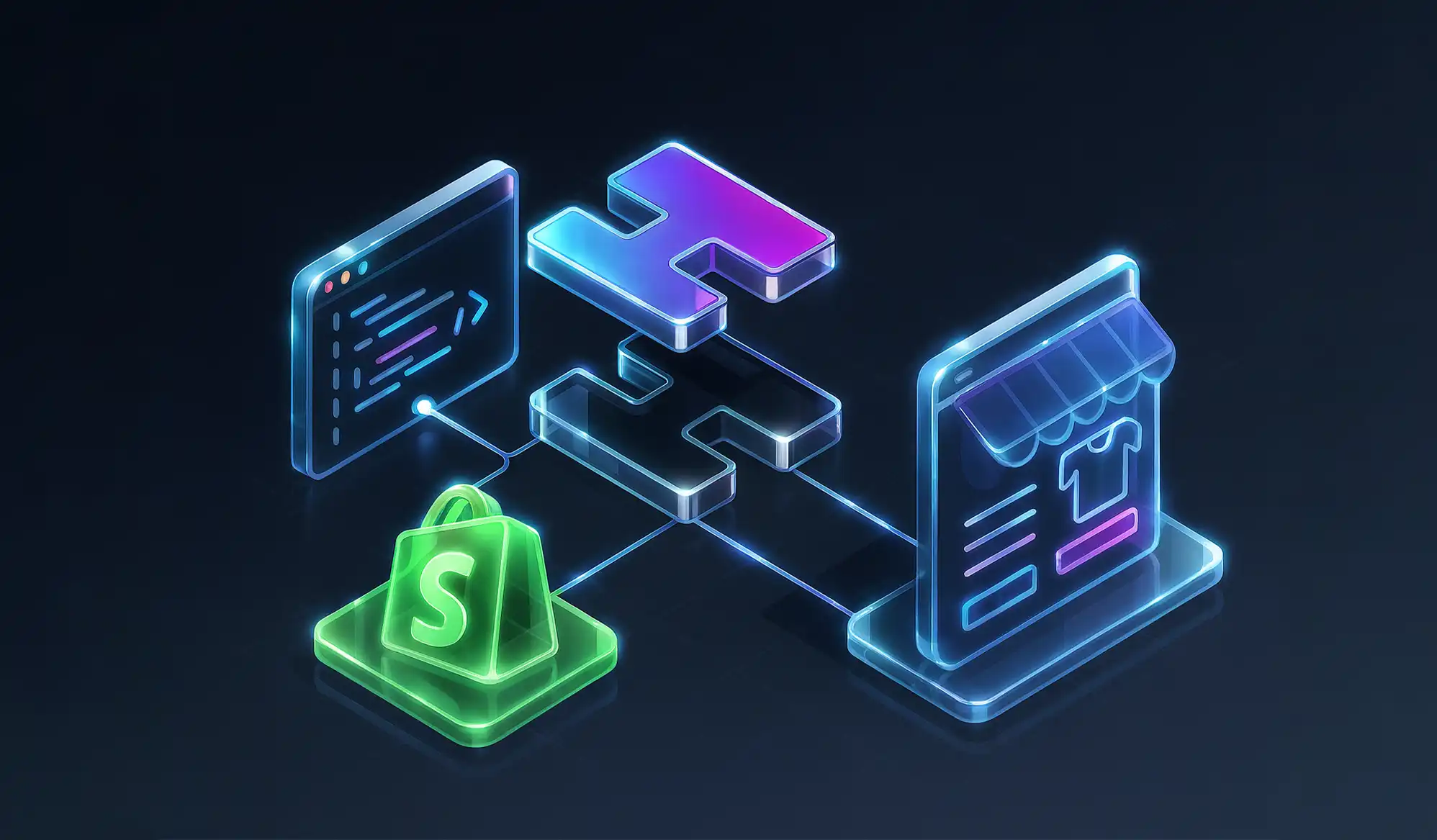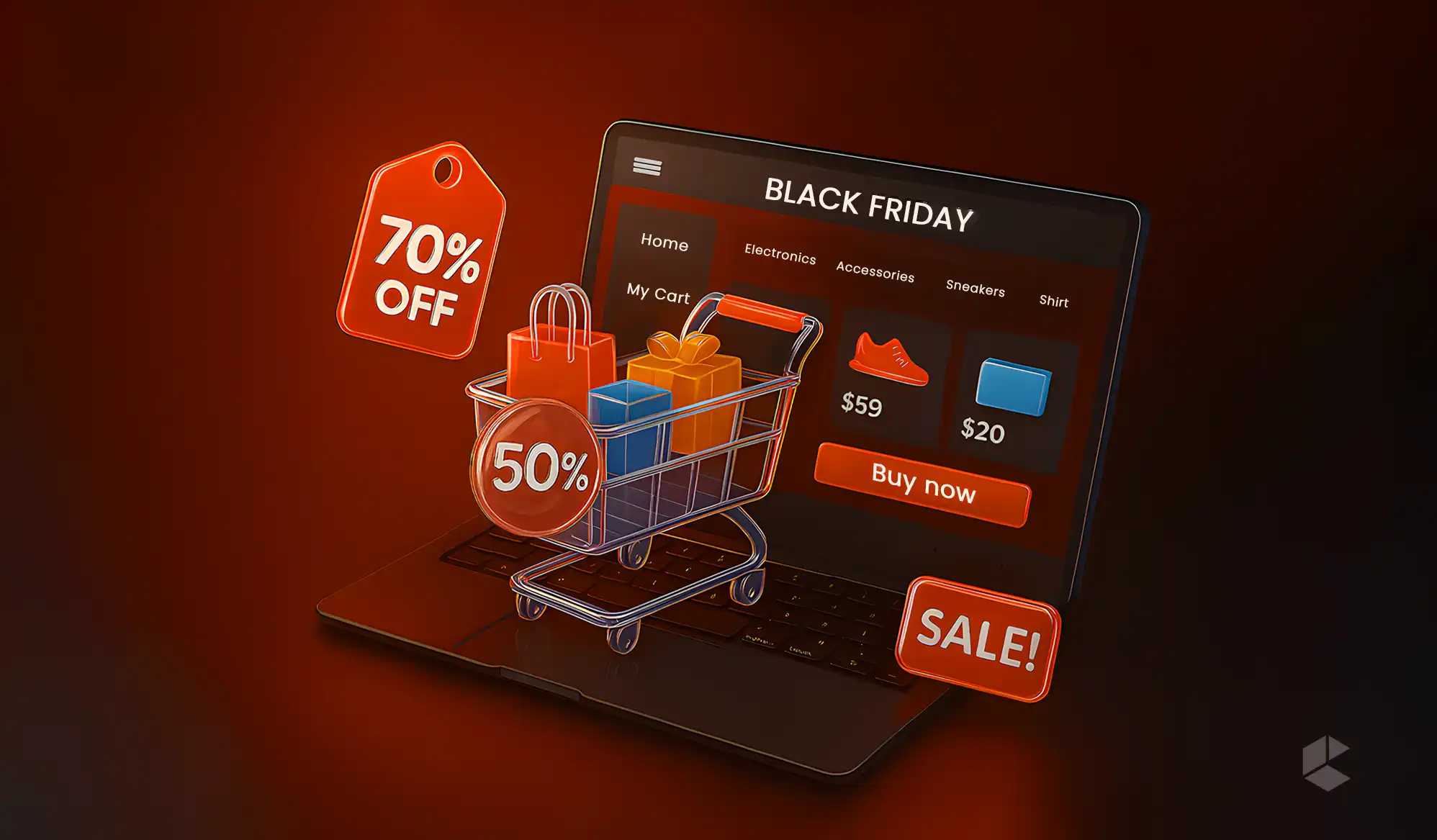- What Is Conversion Rate Optimization
- Learn About The Importance of CRO for Your Shopify Store
- Discover 15 Proven Strategies to get ahead of the Competition
As a Shopify store owner, one of your top priorities is boosting sales over time. But let’s face it, in today’s economy, only having great products won’t make the cut. Turning visitors into paying customers takes more than good products and an appealing storefront. It requires a deeper level of store optimization. This is where Customer Rate Optimization comes in.
What is Customer Rate Optimization?
CRO is all about making improvements in a way that encourages your visitors to take meaningful actions, whether it’s making a purchase, signing up for your newsletter, or adding items to the cart. In simple terms, it is the process of converting visitors into paying customers without investing much in ad spends. CRO is one of the most effective ways to grow revenue by making the most of the traffic you already have.
Let’s take a look at our top CRO strategies that not only make your store user-friendly but also direct your visitors toward taking action.
15 Proven Shopify CRO Strategies to Boost Store Sales
1. Optimize your “First Impression” – Above-The-Fold-Content
One glance at your website and people decide whether they want to stay and shop or leave. That first impression? It is all about the “Above The Fold Content” that makes the difference. A well-optimized above-the-fold area instantly tells people what your store is about, why it matters, and what they should do next.
Optimizing content and visuals to create a convincing impact is more likely to keep visitors on your site. A compelling headline, clear value proposition, and a gripping Call-To-Action (CTA) can significantly influence a visitor’s decision to stay and explore.
It is important to effectively communicate what your store offers, and how it benefits the visitor. Make sure your key products and best sellers are highlighted. This is a sure shot method to keep visitors on your website and increase engagement.
Tools such as PageFly or Shogun are drag-and drop builders that allow you to design custom layouts without coding. Hotjar and Crazy Egg are other tools that utilize heatmaps and session recordings to understand customer behaviour and optimize accordingly..
2. Speed Up Your Store
When it comes to conversion rates, speed is everything. A slow-loading website can cost you both revenue and search engine rankings. In fact, just a couple of extra seconds of load time can take a hit on your conversions. To keep your store running smoothly and keep your visitors engaged, prioritize site speed optimization.
An optimized load time can be achieved by compressing and optimizing images without losing their quality. Implementing a responsive design can help sites load quickly across all devices. In addition, implementing lazy loading for image and video heavy pages can also improve site load time. Moreover, using a Content Delivery Network (CDN) can help reduce server load time and deliver content faster.
With tools like Google PageSpeed Insights, TinyPNG, and Shopify Analyzer etc., you can diagnose speed issues and receive actionable recommendations for improvement.
3. Use High-Quality Product Images and Videos
The way your products look online can make or break a sale. Product images are a powerful way of communicating to your customers, therefore, they have to be convincing. High-resolution images, highlight the features of your products, building trust and helping customers feel more confident in their buying decisions.
Including a 360-degree view of your product is an added bonus. AR offers an immersive experience, enabling customers to visualize products in real-world settings, adding an interactive layer that boosts conversions.
By delivering a rich visual experience, you not only make your brand more reliable and professional but also reduce hesitation and return rates. To create a standout image, tools like Cloudinary, Vimeo, and Shopify’s native media gallery can help you create and render images effectively.
4. Create Intuitive Navigation
A smooth and intuitive navigation structure is key to keeping visitors engaged and guiding them to the all important add to cart moment! When shoppers can easily find what they are looking for, it creates a frictionless experience that boosts conversions and improves customer satisfaction.
Start by organizing products into clear, logical categories. This helps users to browse and discover what they need with ease. Add a search bar with autocomplete to help users find and discover products faster. Another smart feature is breadcrumb navigation. It not only helps users fine-tune their search filters but also lets them backtrack easily through previous pages, reducing confusion and bounce rates.
While Shopify’s built-in search is efficient, tools like Smart Search and InstantSearch+ can further enhance its capabilities. In addition, tools like Lucky Orange offer heatmaps and session recordings that provide real-time user behaviour to help stores optimize accordingly.
5. Highlight Social Proof
Emotions drive decisions, and nothing connects with potential buyers better than hearing from fellow customers. User testimonials and reviews serve as powerful forms of social proof that help shoppers relate to real people who have had positive experiences with your brand. It helps build credibility, trust, and, ultimately, loyalty.
By showcasing genuine feedback, brands don’t just promote their products, they are building a community. Include customer reviews, photos, and videos of happy customers, display snippets of social media engagement to highlight the quality of the products, etc. These help new visitors become confident in making a purchase.
Take it a step further by encouraging users to leave feedback and run loyalty programs to reward repeat customers. Also, highlight endorsements or certifications that add to your brand’s credibility.
6. Create Clear and Compelling CTA’s
CTA’s are considered digital salespeople, and a compelling CTA can close the deal. CTA’s must guide users towards taking desired actions, whether it is subscribing or downloading content, or making a purchase. Use action-oriented language that is clear, direct, and benefit-driven. Phrases such as “Buy Now”, “Try For Free,” or “Get Started” are effective because they prompt engagement. Also, make sure that the CTAs stand out visually through contrasting colours, bold fonts, or styling and position them where users naturally focus, such as near product descriptions.
To optimize performance, tools like ConverFlow that design and implement CTA’s used on customer behaviour. And with Optimizely, merchants can run A/B testing of different CTA design placements and design for maximum conversions.
7. Offer Guest Checkout
Nothing deters a sale faster than a mandatory account creation before checkout. An effective solution to this is implementing a guest checkout. Guest checkouts help customers make a quick purchase without signing up, this removes a major friction point that often leads to cart abandonment. The process feels quicker and user-friendly.
When using the guest checkout feature, only ask for details essential for the transaction. After the purchase, invite users to create an account by highlighting benefits like order tracking, faster future checkouts, loyalty programs, and product updates.
Shopify makes this easier with its native guest checkout feature, allowing merchants to streamline the buying experience for first-time visitors without compromising on functionality.
8. Implement Exit-Intent Pop-Ups
Just as visitors are ready to leave storefronts, an exit-intent pop-up can be your final chance to convert. These timely pop-ups are a powerful way to re-engage shoppers and direct their attention to something valuable, such as offering product bundles, signing up for newsletters, or reminding them of products left in the cart.
Furthermore, consider implementing pop-ups with exclusive discount offers or limited-time bundle offers to create urgency. Time-sensitive messages like “Wait! Grab 10% off before you go!” can grab attention and reduce cart abandonment.
Tools like Privy and POWR make it easy to set up and exit-intent pop-ups that match brand aesthetics while seamlessly adding discount codes, sign-up prompts, or product highlights to your homepage and beyond.
9. A/B Test Product Pages
When it comes to conversions, even the smallest variation can make the biggest impact. That’s where A/B testing comes into play with its powerful, data-driven approach to fine-tune storefronts for maximum performance.
By testing different versions of key elements like layouts, CTAs, product descriptions, and headlines, and even image or video placement, you can identify what truly resonates with your audience. What drives clicks? What keeps visitors engaged? What encourages them to complete a purchase?
This approach empowers store owners to make informed decisions and continuously improve their websites. Tools like Google Optimize and Optimizely make it easy to run A/B tests and analyze results.
10. Use Urgency and Scarcity Tactics
Scarcity and urgency are powerful triggers that can push hesitant shoppers to make a purchase. When phrases such as “Only 3 left in stock” or a countdown timer ticking away are used, it creates a sense of urgency that encourages quicker decision making and boosts conversion rates.
These tactics especially work during sales, product launches, or when stocks are genuinely limited. In addition, you can highlight limited-period offers, flash sales, or exclusive product drops to create a buzz and drive fast action!
Tools like Hurrify, Countdown Timer Ultimate, and FOMO app integrate timers and other elements to create urgency in your store.
11. Personalize The Shopping Experience
Personalization plays a key role in creating a loyal customer base and boosting repeat sales. By leveraging purchase history and identifying behavioural patterns, store owners can deliver custom product recommendations, dynamic content, and even personalized offers that speak directly to each shopper.
When customers relate to your brand, they are more likely to stay engaged, explore more, and spend more, leading to higher average order values (AOV) and increased loyalty. Whether it’s displaying similar products or items based on recent views, personalized experiences turn casual visitors into loyal customers. Shopify’s built-in product recommendation engine can help create these tailored journeys without heavy lifting.
12. Streamline the Checkout
A complicated checkout process is one of the leading causes of cart abandonment. The key to improving your cart-to-purchase ratio is to make the checkout process simple and seamless. That means eliminating unnecessary steps and auto-filling user information wherever possible.
A clean, mobile-friendly checkout process ensures that customers complete their shopping journey and make the purchase hassle-free. Ideally, it is better to opt for one-page checkouts, offer multiple and secure payment methods, and provide guest checkout options to speed things up.
Shopify offers both a customizable one-page checkout and Shopy Pay, which saves customer details and makes repeat purchases faster and reliable.
13. Optimize for Mobile Shopping
- Over 70% of shopping online happens on mobile phones, and therefore, optimizing storefronts to be mobile-friendly is crucial. Mobile shoppers expect fast-loading pages, intuitive navigation, and a smooth checkout experience, all tailored for small screens.
Ensure that your store design is fully responsive, with clear fonts, easy-to-click buttons, and streamlined layouts. Avoid clutter and prioritize speed, because slower loading leads to higher bounce rates. Use Shopify’s mobile preview feature to test your score across different devices and make real-time adjustments.
Tools like AMP by Amplify Me can boost mobile experience with accelerated mobile pages, reducing load times and keeping users engaged.
14. Add Live Chat or Chatbots
Live chats or chatbots can be implemented to aid customers through their shopping journey. Offering real-time support gives shoppers the confidence to make the purchase, while showing that your brand is responsive and trustworthy.
AI-powered chatbots can also be used to answer product related queries, handle FAQs, and guide users to other helpful resources even when your team is offline. Popular tools like Tidio, Gogias, and Shopify Inbox make it easy to integrate seamless chat features into a storefront without the use of code.
15. Use Retargeting Ads
Not every visitor makes a purchase on their first visit. Retargeting ads help bring them back by showing them personalized ads based on their browsing behaviour. Whether someone simply visited your site, viewed a product, or added items to the cart, retargeting ensures your brand stays top-of-mind. These timely reminders push them to complete their purchase.
With tools like Meta Pixel, Google Ads, and RetargetApp, you can track user behaviour and serve highly targeted ads across multiple platforms. The result? Recovered carts and boosted conversions!
Conclusion
CRO is a continuous journey, and by applying these strategies and testing consistently, Shopify merchants can increase their store performance and profit margins manifold. If you need help implementing these strategies, consider working with Shopify CRO experts who can help you achieve your business goal.
